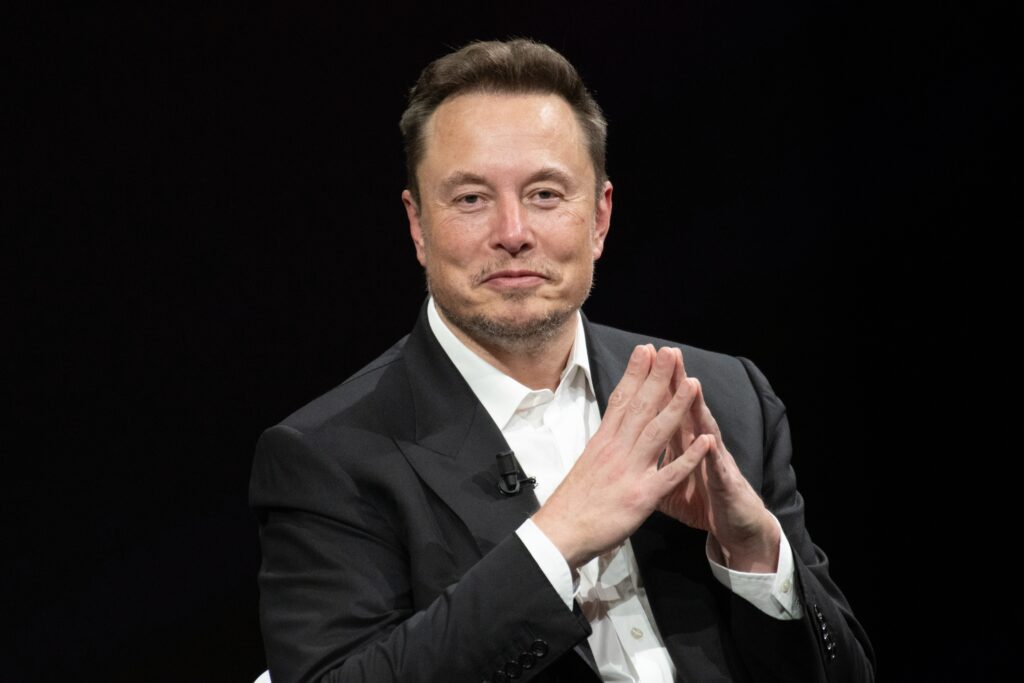In November 2022, shortly after Elon Musk took over the company then known as Twitter, employees received a stern email. Titled “A fork in the road,” the message offered an ultimatum: commit to “extreme” effort or leave. Now Musk has set his sights on the US government, and federal workers just received a similar memo with the same subject line.
The federal memo, like the Twitter email, gave workers a choice: commit to “excellence” and values like trustworthiness or take a buyout. The language mirrors Musk’s previous corporate playbook. His influence on federal operations now raises concerns about rapid downsizing, broken systems, and potential dysfunction, as seen with Twitter’s sharp decline under his leadership.
A Familiar Pattern: Musk’s Takeover Tactics
Lara Cohen, former global head of marketing at Twitter, expressed unease about the government’s situation. In a recent Threads post, Cohen recalled Musk’s chaotic restructuring of Twitter. “They come in, get no context, shut down everything without knowing who does what,” she said. “That was a tech company. This is the government—it will hurt people beyond repair.”
Musk has long advocated for shrinking government operations. His role leading the Department of Government Efficiency (DOGE) positioned him to help launch the federal buyout plan. An official confirmed his involvement. Columbia Business School professor William Klepper noted that Trump likely supports this plan because of his reality-TV mindset. “He’s used to firing people. That’s his script,” Klepper explained. However, he emphasized that business tactics don’t always translate to government work.
“Business aims for profit by providing better value than competitors,” Klepper added. “Government seeks to deliver services and programs to improve life for constituents.”
Despite mounting questions, White House press secretary Karoline Leavitt described Musk’s DOGE efforts as “incredibly productive.” On X, Musk proclaimed, “Downsizing government is the most popular issue by far!” referencing a poll suggesting some support for ending government diversity initiatives.
The Aftermath of Musk’s Twitter Takeover
Musk’s acquisition of Twitter (renamed X) followed a dramatic pattern. He walked into the company’s headquarters with a sink, symbolizing a clean slate. Then, he implemented sweeping changes that caused widespread instability. Musk laid off most staff, only to later recall some employees. He closed a data center, leading to frequent platform outages. Safety and moderation teams were dismantled, allowing extremists and misinformation to thrive, which drove users and advertisers away.
Lawsuits followed as landlords and vendors claimed unpaid fees. City officials investigated Musk for illegal office renovations, including reports of makeshift bedrooms. His leadership style—marked by promoting conspiracy theories and controversial policies—damaged X’s reputation. Competing platforms gained momentum as X became less reliable and more toxic.
By last fall, Fidelity estimated X’s value had dropped by 80%. Despite these setbacks, Musk’s influence and wealth have grown. His ties to Trump bolstered his power, enabling him to influence policy through social media. His role in the federal government could entrench his employment and layoff strategies further.
Musk’s strategy may have harmed many stakeholders at X, but it has strengthened his control over both tech and government—perhaps just as he intended.
